Pillows 101: Everything You Need To Know About Pillows
Pillows are an essential part of a good night's sleep. They provide comfortable support for your head and neck, helping you to wake up feeling rested and refreshed.
However, if you are a pillow novice, you might bring home the wrong type of pillow for your needs. Moreso, if you don't take care of your pillows properly, they can become lumpy, flat, and uncomfortable. In this article, we'll go over the types of pillows available on the market, common pillow terminology, how pillows are designed for different sleep positions, and how to care for your pillows so you can keep them in good condition and enjoy them night after night.
Different Types of Pillows
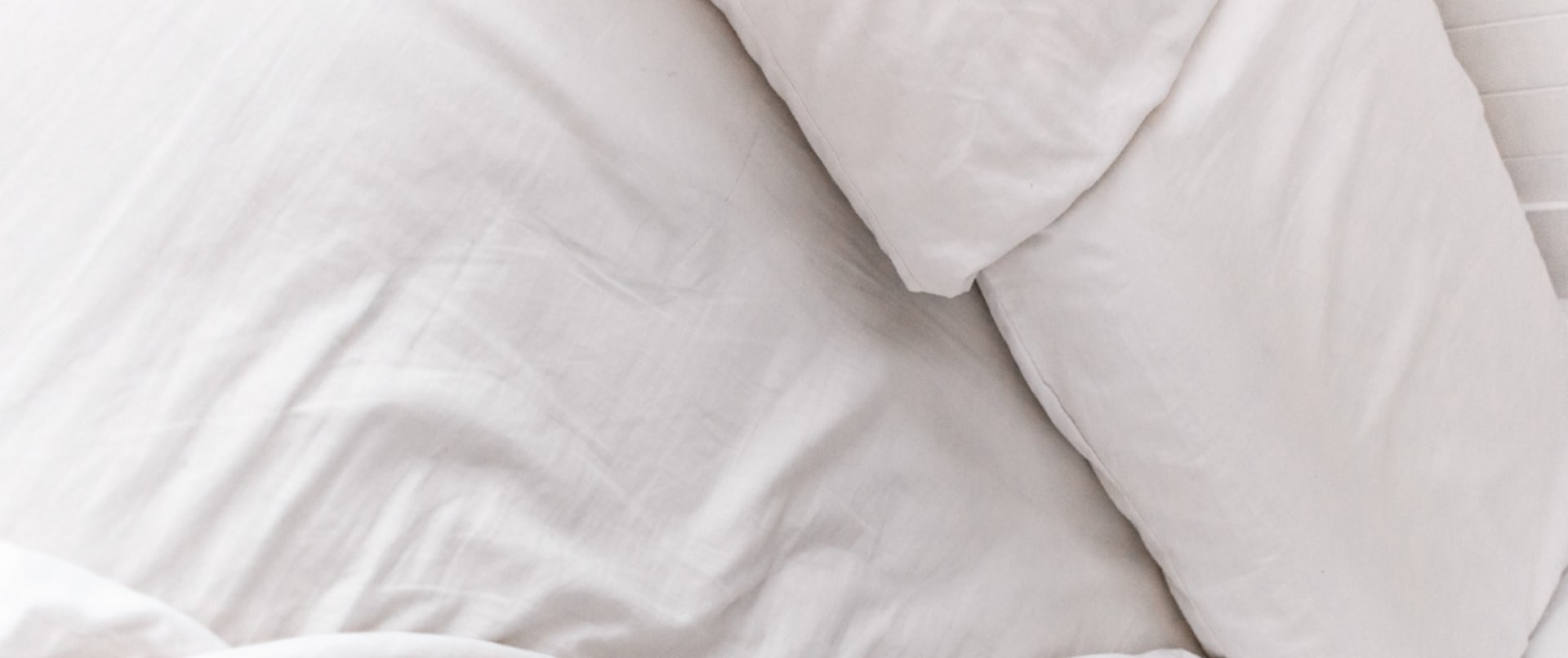
Bed Pillows
Aptly named “bed pillows” are the type of pillows that you expect to use in bed for sleeping purposes. For centuries, bed pillows were typically filled with soft natural materials like hay, seeds, and feathers. Today’s pillows have become much more advanced and many are made using a variety of sophisticated materials.
Types of Bed Pillows
- Adjustable Pillows: These innovative pillows allow users to customize their comfort level by altering the loft and firmness. Typically, adjustable pillows feature a zippered outer shell that provides access to the inner filling, which can be added or removed to achieve the desired height and support.
- Buckwheat Pillows: Buckwheat pillows are filled with the hulls of buckwheat seeds. They are known for their firmness and ability to conform to the shape of your head and neck. Buckwheat pillows are often used by people who prefer a firmer pillow or suffer from neck pain.
- Cooling Pillows: Some pillows are infused with technology to provide additional cooling and support. Cooling pillows helps to regulate temperature and prevent overheating, which can be especially beneficial for people who tend to sleep hot.
- Down Pillows: These pillows are made from the soft, fluffy feathers found beneath the tougher exterior feathers of ducks and geese. They are very soft and provide excellent insulation, making them perfect for cold nights.
- Feather Pillows: Feather pillows are made from the tougher exterior feathers of ducks and geese. They are firmer than down pillows and provide more support, making them a good option for back sleepers.
- Latex Pillows: Latex is a natural material derived from rubber trees. It is known for its durability, breathability, and hypoallergenic properties. Latex pillows are often used by people with allergies or respiratory issues.
- Memory Foam Pillows: These pillows are made from a special type of foam that conforms to the shape of your head and neck, providing personalized support. They are a good option for back sleepers and people with neck pain or stiffness.
- Synthetic Fiber Pillows: These pillows are made from man-made materials such as polyester or nylon. They are hypoallergenic and can be a good option for people with allergies.

Other Types of Pillows
Aside from bed pillows, there are many other types of pillows on the market, and they are intended for a wide range of purposes. Here are the most common types of non-bed pillows.
Neck Pillows
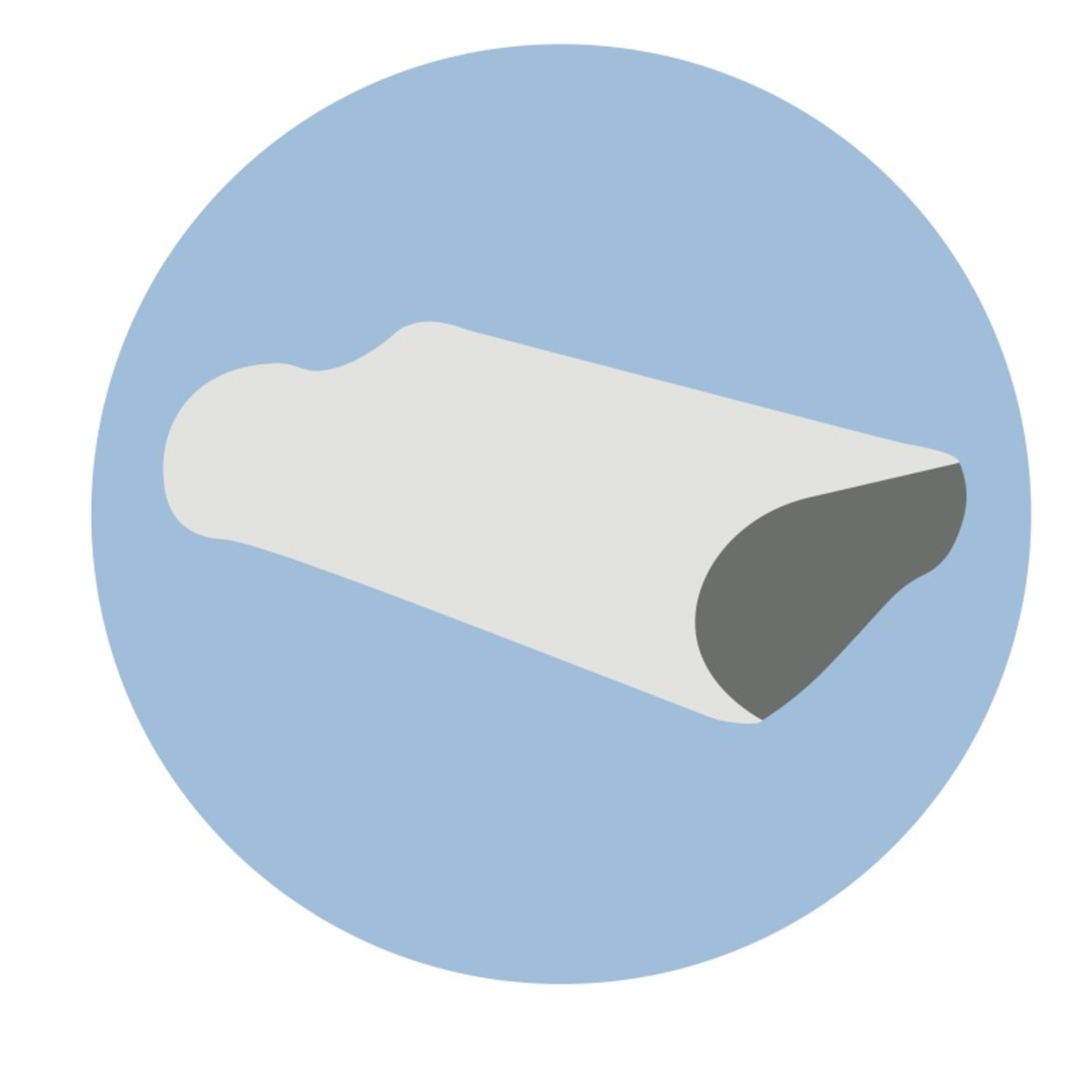
- These pillows are designed to support your neck while you sleep, helping to prevent stiffness and pain. They are usually made from memory foam or synthetic fibers.
Wedge Pillows

- These are triangular-shaped pillows that are designed to elevate a person's head or legs for medical reasons, such as acid reflux, snoring, or circulation issues.
Reading Pillows
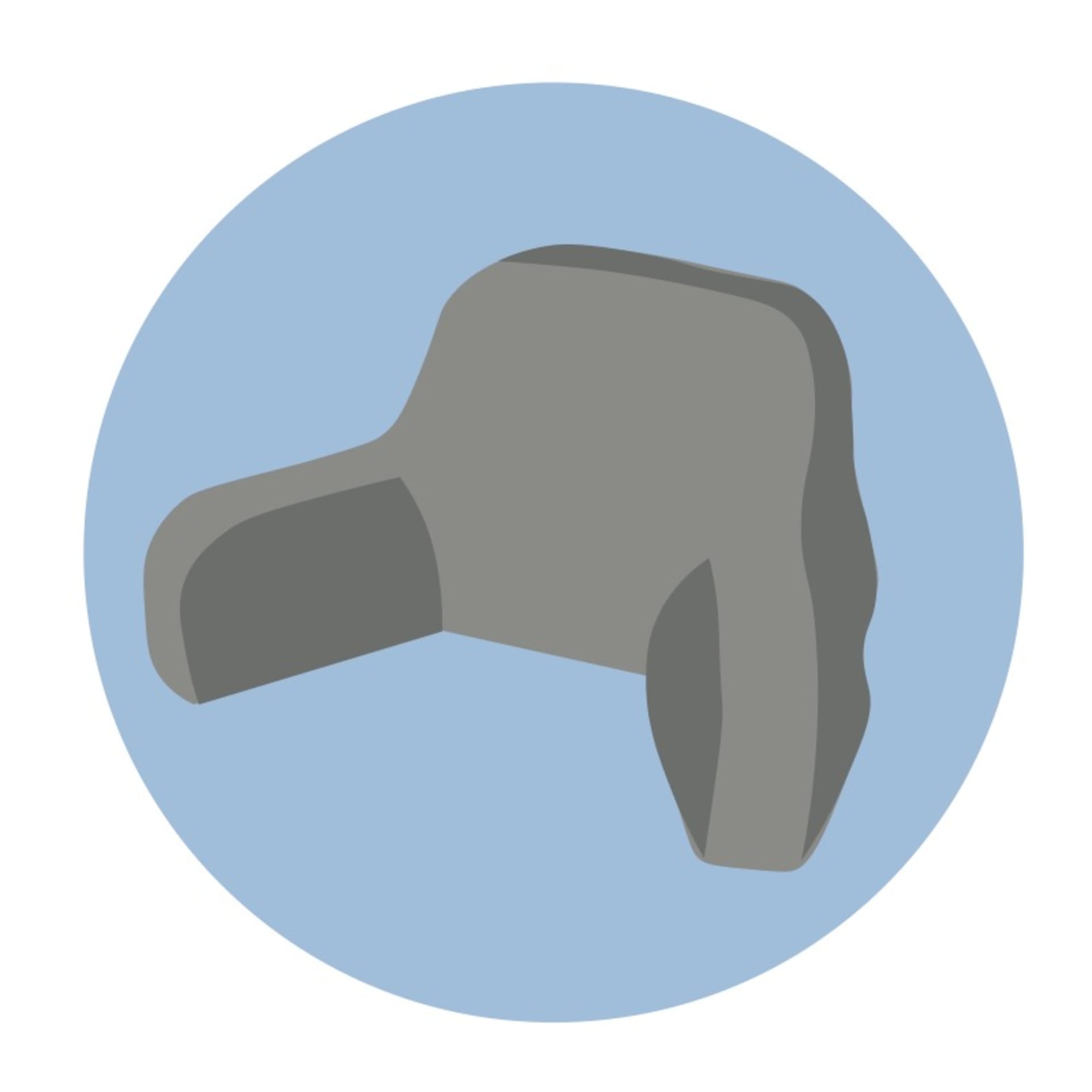
- These are large, plush pillows that have a built-in armrest and backrest, allowing the user to sit up comfortably and read or watch TV in bed.
Body Pillows
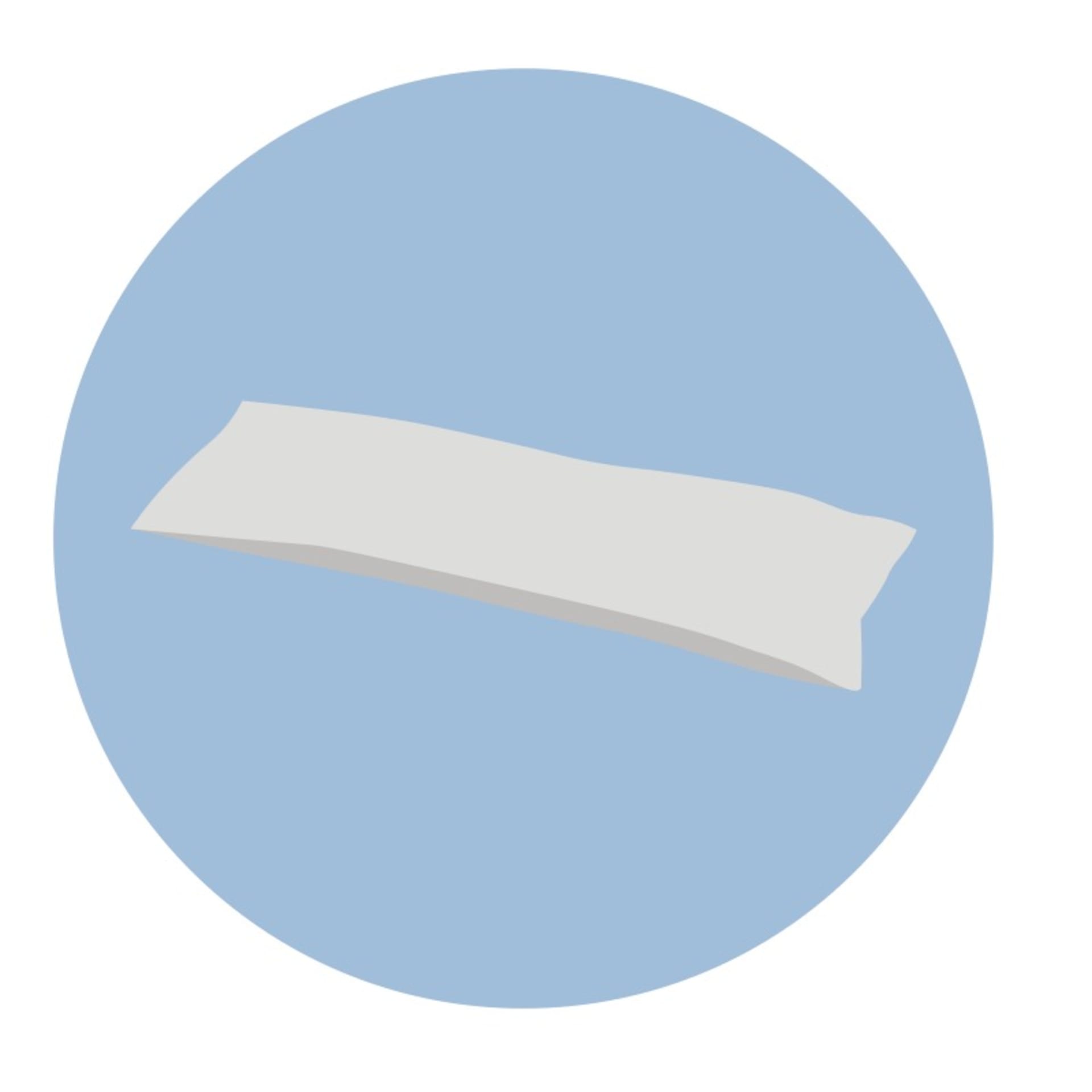
- These long, cylindrical pillows are designed to support your whole body while you sleep. They can be a good option for side sleepers or pregnant women.
Pregnancy Pillows

- These are long, curved pillows that are designed to support a pregnant woman's growing belly and provide extra comfort and support during sleep.
Travel Pillows
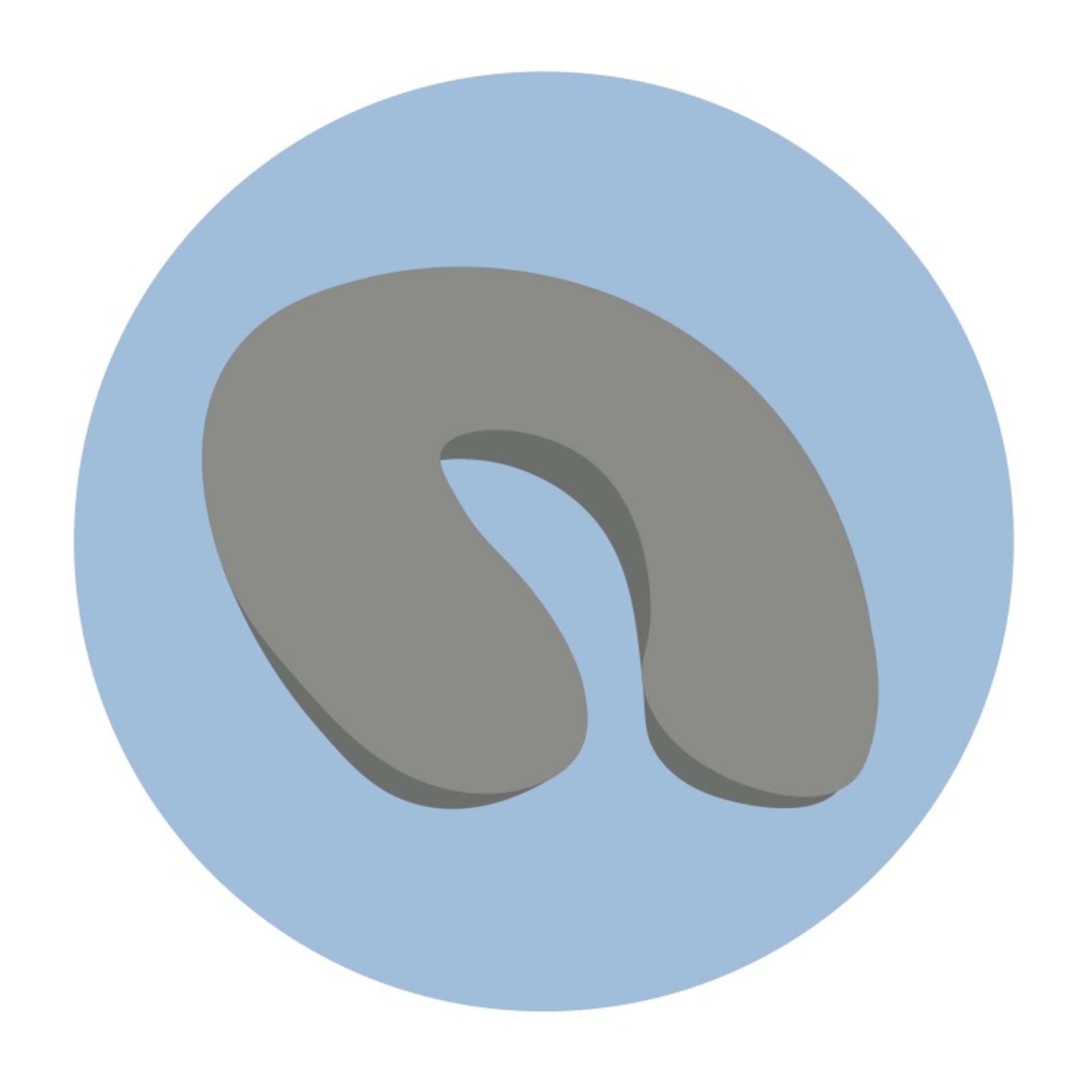
- These are small, portable pillows that are designed to support the neck and head during long flights or car rides.
Pillow Terminology
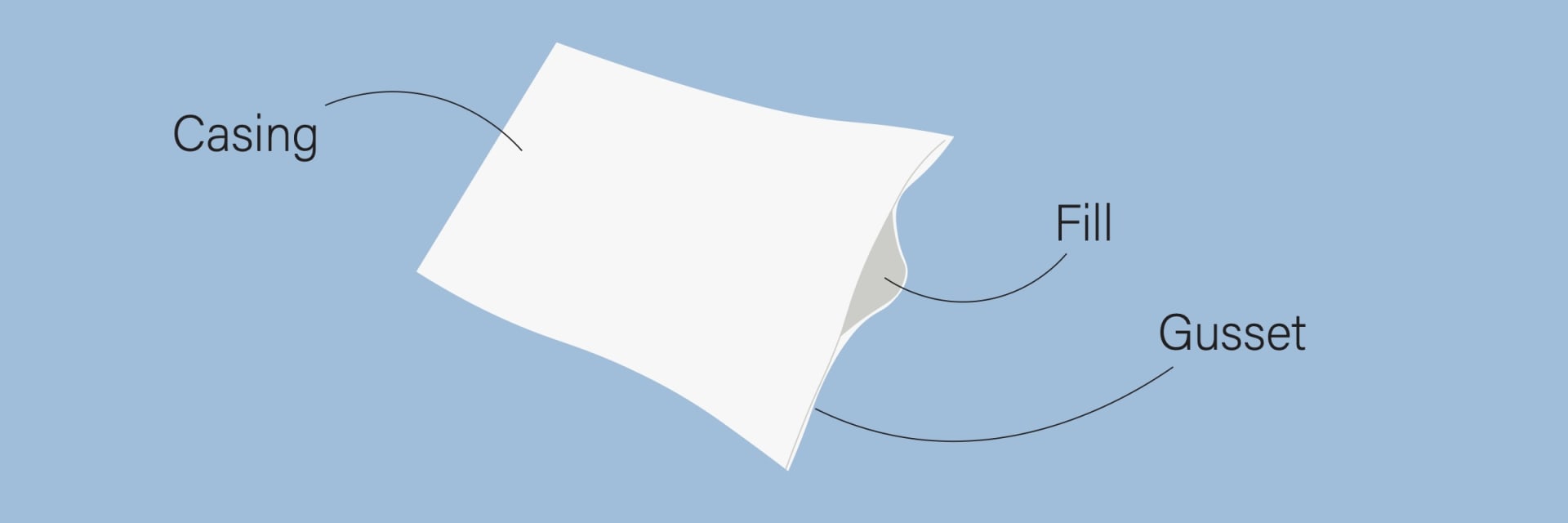
Let's break down some informative pillow terminology that you might come across when shopping for new pillows. Knowing the terms used to describe pillows will help you make the right purchase and avoid taking home overpriced pillows just because you were confused by the salesperson’s vocabulary.
- Casing: Casing is the outer layer of the pillow that encases the fill. It can be made of various materials, including cotton, silk, and polyester.
- Firmness: Firmness refers to how soft or firm the pillow feels. Firm pillows provide more support while softer pillows cradle the head and allow it to sink in more.
- Fill: Fill refers to the material inside the pillow that provides support and comfort. As mentioned above, common pillow fills include down, feathers, memory foam, and synthetic fibers.
- Gusset: A gusset is a strip of fabric that is sewn around the edges of the pillow to give it more structure and support.
- Loft: Loft refers to the height of the pillow when it's fluffed up. Pillows with a high loft are thicker and provide more support, while pillows with a low loft are flatter and less supportive.
- Thread count: Thread count refers to the number of threads in the fabric cover of the pillow. Higher thread counts generally indicate a softer, more durable pillow.
Choosing the Right Pillow

The type of pillow you need depends on your sleep position. Here are some recommendations for each sleep position:
- Back sleepers: Back sleepers should look for a pillow with a medium to high loft that supports the natural curve of the neck. Memory foam pillows are a good option for back sleepers because they conform to the shape of the neck and head.
- Side sleepers: Side sleepers should look for a pillow with a high loft that keeps the head and neck aligned with the spine. Down or synthetic fiber pillows are good options for side sleepers because they can be fluffed up to provide extra support.
- Stomach sleepers: Stomach sleepers should look for a pillow with a low loft that doesn't push the head and neck out of alignment with the spine. A thin, soft pillow made of down or synthetic fibers is a good option for stomach sleepers.
Care and Maintenance
Now that we’ve covered everything you might need to know before buying a pillow, let's go over how to care for and maintain the pillows that you own.
- Cleaning: Most pillows can be washed in the washing machine, but it's important to check the care label first. Down and feather pillows should be washed in a front-loading machine to avoid clumping, while memory foam pillows should never be washed. Use a mild detergent and set the machine to a gentle cycle. Dry the pillow on low heat, adding a few clean tennis balls or dryer balls to help fluff it up.
- Fluffing: Fluff your pillow regularly to keep it supportive and comfortable. Fluffing regularly can also help stop it from becoming lumpy over time. This can be done by hand or, as mentioned, in the dryer on a low heat setting.
- Replacement: Pillows should be replaced every 1-2 years, depending on the type of fill and how often they're used. If your pillow is lumpy, flat, or no longer provides adequate support, it's time to replace it.
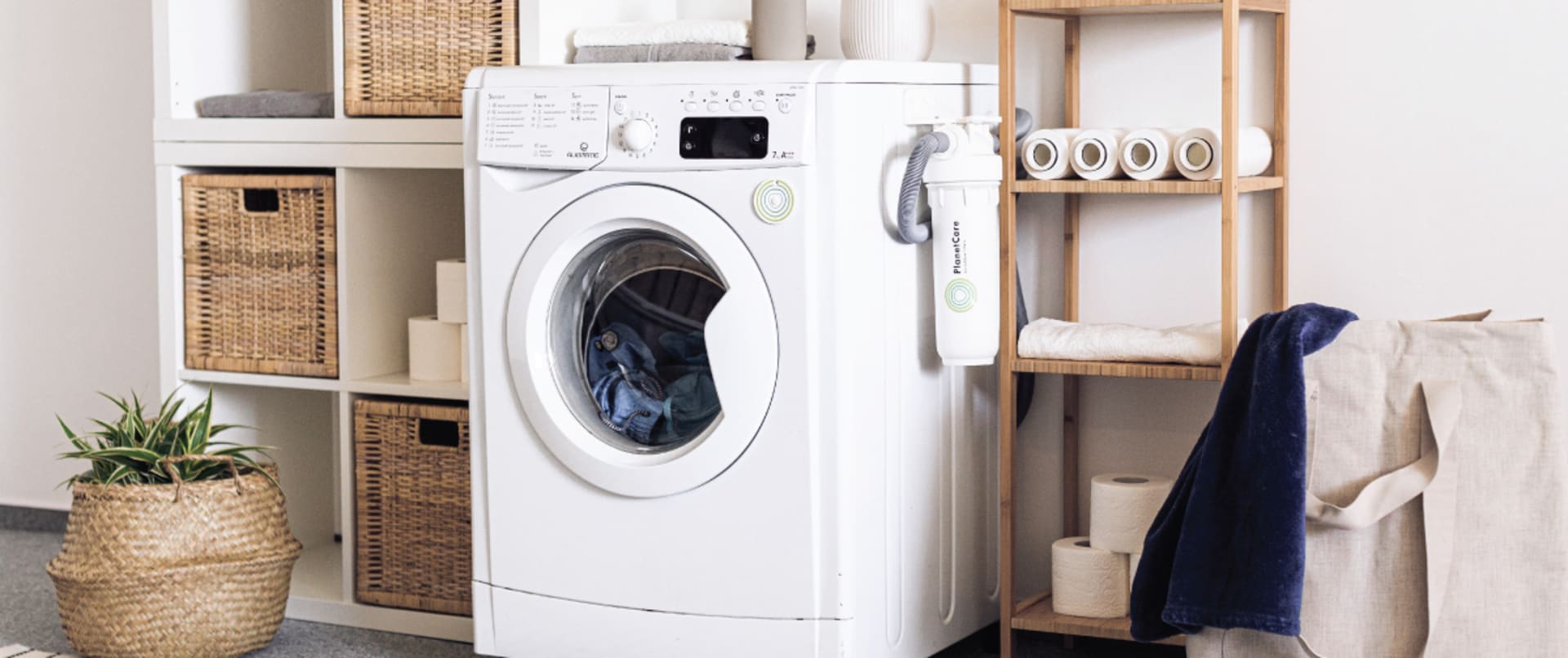
Final Thoughts
As you can see, there is a surprising amount to know when it comes to pillows and proper pillow care. But, by knowing the different types of pillows available on the market, what type of pillow you need based on your sleep position, and how to care for and maintain your pillows, you can ensure that you wake up feeling rested and refreshed every morning.